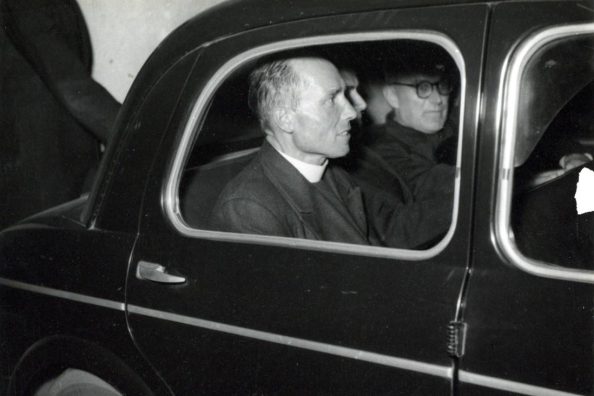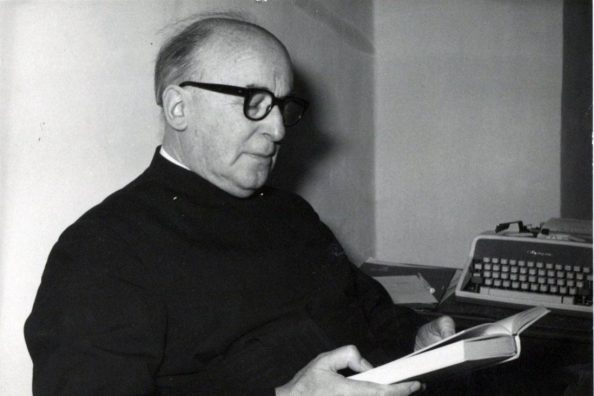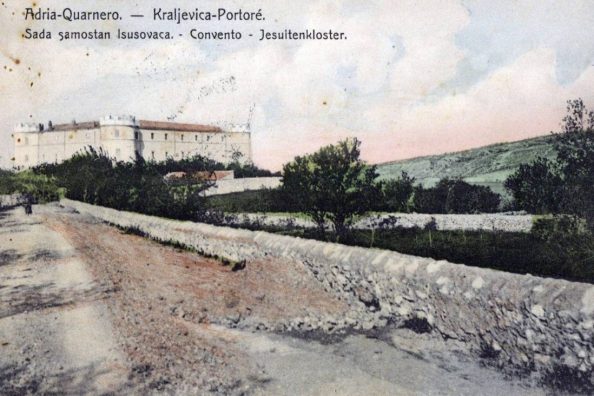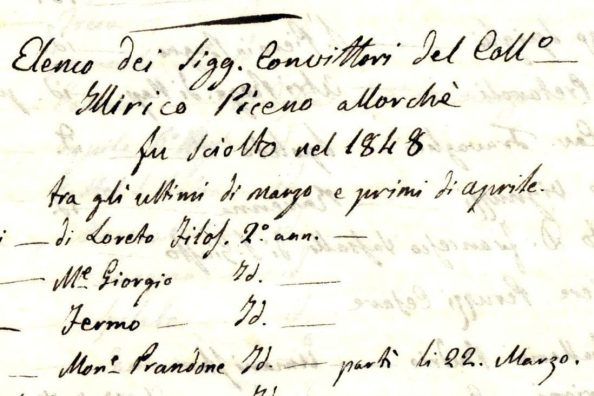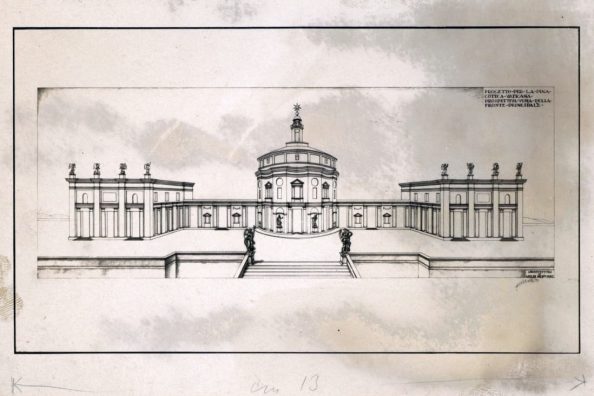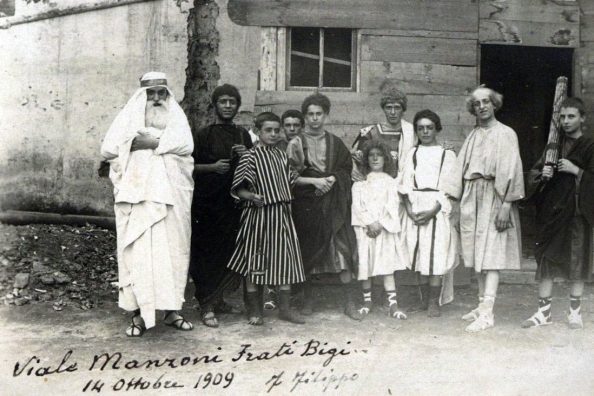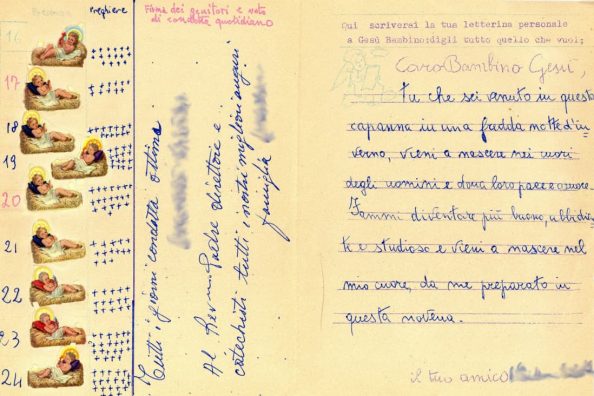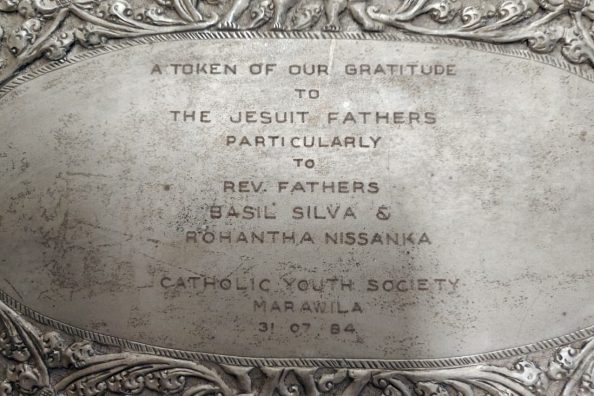Signed with the cross: the illiterate
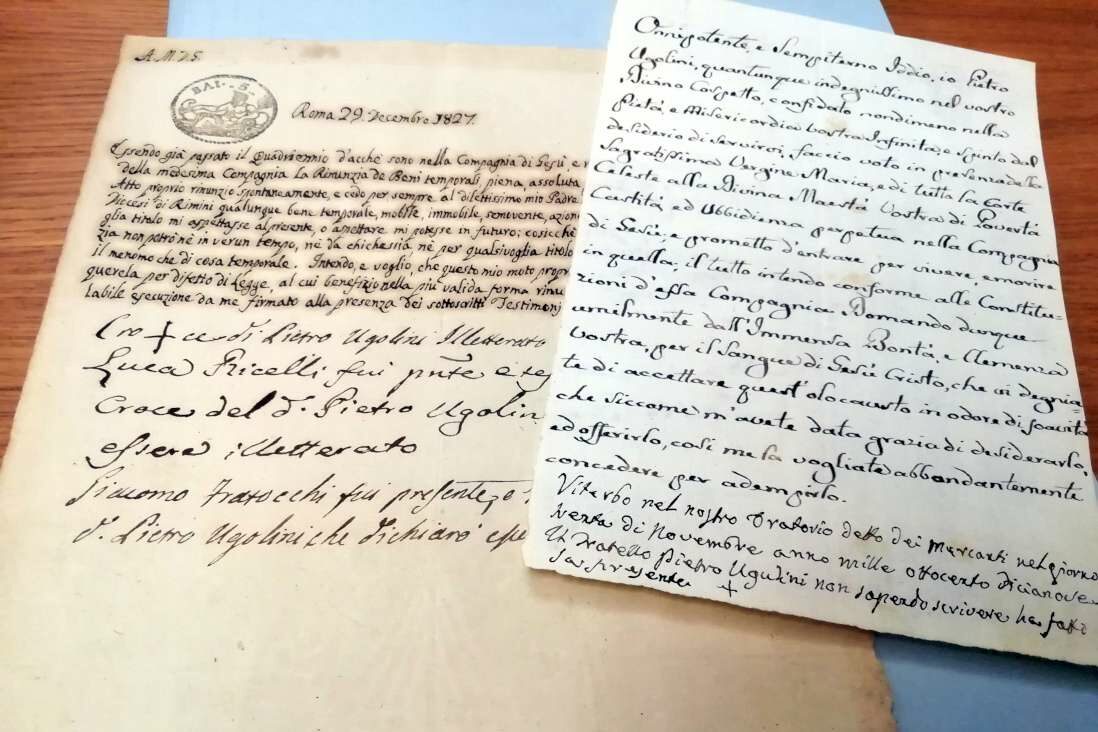
Today we take a closer look at the statement often found at the foot of some letters that bear a simple sign of the cross instead of a handwritten signature.
This was the expedient used for centuries to sign documents by those who were illiterate.
Even in our archives there are traces and signs of people who, although they could not read or write, nevertheless had the need to sign testimonies, sign deeds and letters.
Not the entire population of the Old Italian States and later of the Kingdom of Italy was completely illiterate, the first rudiments of the alphabet and numbers were often provided by confraternities or by the few months of schooling attended. Although women made up a large proportion of the illiterate population, they were not always totally illiterate.
From the personal files of Jesuits we find that most mothers, called together with their husbands to give consent for their son to enter the novitiate and not to call him back, signed their own names. These are women from less affluent social backgrounds who offer the Company a future brother, since their son had not been able to go to higher studies but was often an artisan and farmer; their signature testifies to the fact that they had had a minimal education.
They also almost always sign with their maiden name, sometimes followed by their married name.
Sometimes the handwritings are uncertain or characterised by a very large form that indicates an education that stopped in the early years, which means that the handwriting still has childish traits, even if it belongs to mature or elderly people, a bit like the many Italians who followed the famous lessons in Maestro Manzi’s programme ‘Non è mai troppo tardi’ (“It’s never too late”).
Although most Jesuit parents, even Jesuit brothers, could write, there are some accounts of illiterates.
As in the photo accompanying this in-depth study where we see two documents signed by a Jesuit, Brother Pietro Ugolini ‘illiterate’. Both documents have the cross affixed by the Jesuit, with the caption “Brother Pietro Ugolini not knowing how to write has made the present [+]” and “Cro [+] ce di Pietro Ugolini Illetterato”. One of the two documents is the renunciation of property, with which the Jesuit renounced any material goods he gave to his father. Given the legal value of the document, there are also witnesses who sign the deed specifying that the cross was affixed by Ugolini and that he is illiterate.
So who writes the letters that illiterate people sign with a sign of the cross?
Often these were scribes, people who could read and write and who, for a fee, compiled documents, making their education a job.
For some documents, professional scribes, figures closer to the bureaucrat, were used, especially for the drafting of pleas or requests to authorities that required specific forms; for documents that could have the value of faith, a notary was used.
Although he could not write, this Jesuit nevertheless left a trace of himself, and just as for many illiterate men and women, archives are custodians of lives and events that concern them, written by others but accompanied by a simple sign of the cross.
Maria Macchi
